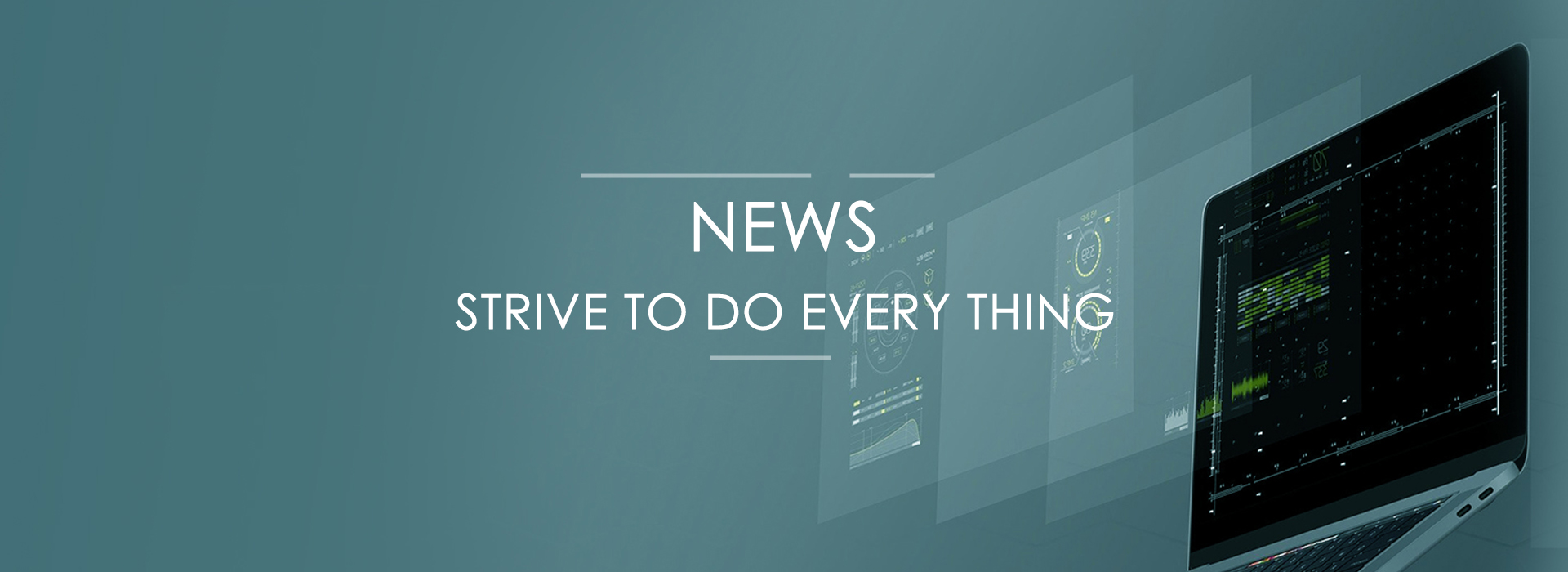PVC Wall Panel vs. PVC Foam Board
Know the Difference. Choose Smart.
When it comes to interior design and lightweight building materials, just seeing the word “PVC” on the label isn’t enough.
PVC wall panels and PVC foam boards might look alike—white, smooth, lightweight—but they’re built for very different jobs.

At Ecoplastic, we manufacture both.
And one question comes up again and again:
“Which one should I use?”
Well, let’s look at how they’re made—and what they’re made for.
Built Differently. Used Differently.
✅ PVC Wall Panels
Think of these as the “instant coffee” of wall decoration—quick, clean, and gets the job done.
Made through an extrusion process, they have a hollow core—light as air.
Often with tongue-and-groove edges that snap together like puzzle pieces.
You don’t need screws or nails. Just click, and done.
They're 100% waterproof, often come with printed or laminated finishes, and are perfect for:
Bathrooms、Offices、Ceilings,Anywhere you want a clean, fast install
But—don’t expect them to carry weight or be reshaped. They’re not made for cutting, drilling, or supporting load.
These panels are for covering up, not holding up.
✅ PVC Foam Boards
Now, foam boards? That’s a whole different story.
Imagine something like a “dense block of cheese”—light but solid. No hollow middle.
Made via foamed extrusion
Closed-cell structure = No air pockets, no flimsiness
You can cut it, screw it, glue it, rout it
CNC engraving? Works like a charm
Used for:Cabinet panels,Shop signage,Exhibition displays,Industrial fabrication.
Basically—anywhere you need something strong but not heavy.
This board doesn’t just decorate. It performs.
PVC wall panel? It makes your wall look good.PVC foam board? It gets stuff done.
Which one’s better?Wrong question.The real one is: What’s your goal?
| Item | PVC Wall Panel | PVC Foam Board |
| Main Application | Interior wall and ceiling decoration | Advertising signage, furniture cabinets, construction |
| Production Process | Extrusion with decorative surface (marble, wood grain) | Foamed extrusion (Celuka or Free Foaming) |
| Material | PVC resin + additives + decorative film | PVC resin + foaming agent + stabilizers |
| Surface | Glossy, laminated, textured | Matte or laminated |
| Thickness | 5–10 mm typical | 3–30 mm custom |
| Strength | Moderate, non-structural | Higher strength, workable |
| Moisture Resistance | Excellent | Excellent |
| Installation | Interlocking or adhesive | Cut, screw, glue |
| Price | Lower | Higher |
| Eco | RoHS compliant | CE certified, recyclable |
| Brand | Ecoplastic Wall Panel Series | Ecoplastic Foam Board Series |
Recommended Applications
PVC Wall Panels are ideal for:
Bathroom and shower walls,Basement and laundry rooms,Office ceilings,Retail wall cladding
PVC Foam Boards work best for:
Kitchen cabinet carcasses and doors,Bathroom vanities and partitions,Exhibition stands and displays,Signboards, screen printing, CNC engraving
Manufacturing Process
Craftsmanship Behind the Material
At Ecoplastic, both products are made in-house using precision-controlled extrusion lines.
Wall panels are co-extruded with decorative films—high adhesion, color fastness, and 100% lead-free & RoHS compliant.
Foam boards are made via Celuka or Free Foaming, depending on the target surface and strength. Available in 3mm to 30mm, with excellent dimensional stability.
How to Choose?
Ask yourself:
Are you decorating a wall or building furniture?
Do you need structure or just surface?
Is weight a concern? Will it be in wet or hot areas?
✅ If it’s interior cladding, especially in bathrooms or kitchens → PVC Wall Panel
✅ If you’re building furniture, signage, or anything structural → PVC Foam Board


